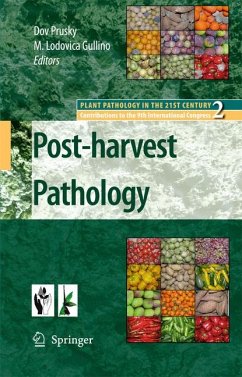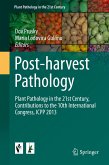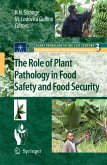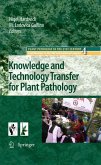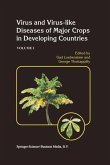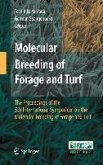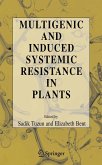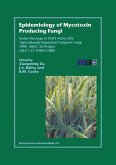Other chapters deal with the mechanisms of host fruit and vegetable resistance, fungal pathogenicity factors and their relationship with the host response, and a numberof subjects related to disease assessments before harvest as well as their relationship to the postharvest treatment of fruits and vegetables. The book also includes several useful case studies of crops such as kiwifruit and peaches, where different approaches at the pre- and post-harvest levels are combined to good effect. With food production issues gaining an ever higher profile internationally, this text makes an important contribution to the debate.
Dieser Download kann aus rechtlichen Gründen nur mit Rechnungsadresse in A, B, BG, CY, CZ, D, DK, EW, E, FIN, F, GR, HR, H, IRL, I, LT, L, LR, M, NL, PL, P, R, S, SLO, SK ausgeliefert werden.
"Volume 2 deals with Post-harvest Pathology. This is a slender volume, containing only 14 papers ... . They bring together a summary of work across the whole field of plant pathology ... . They thus enable specialists to see their specialism as part of an integrated whole, and for students and those at the start of their careers they provide an invaluable summary of what is going on, who the key players are and where the knowledge lacunae lie." (David Ingram, Food Security, Vol. 3, 2011)

